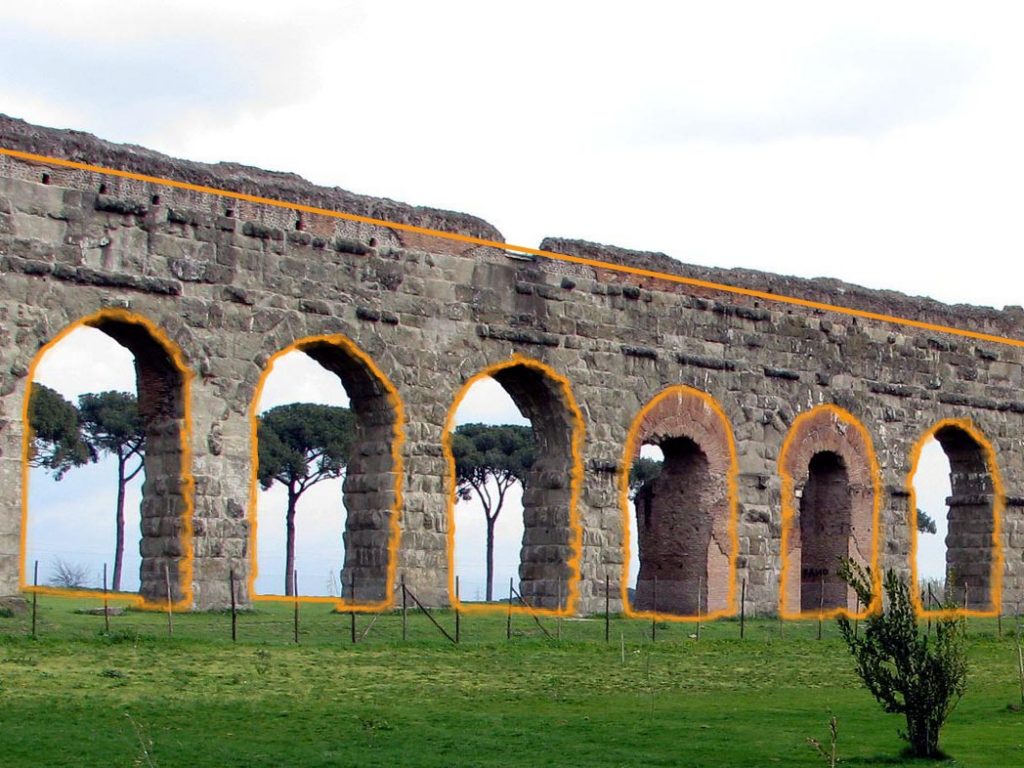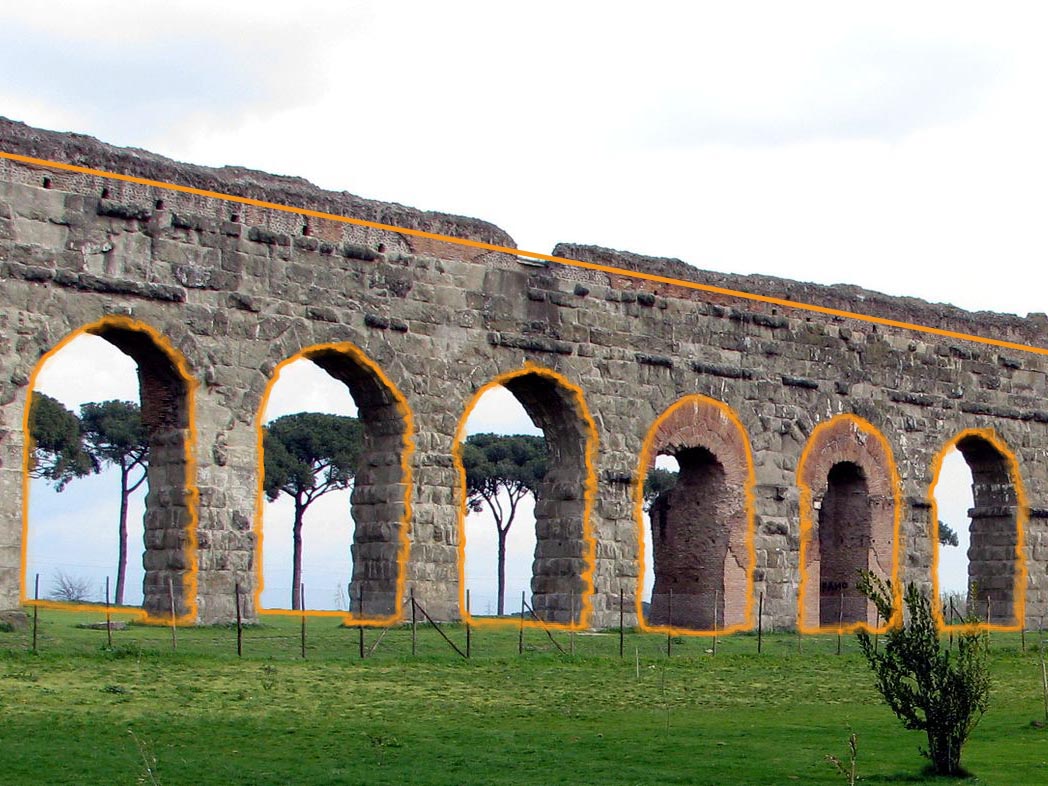Creativity
Creativity comes from create, which means “to bring into existence” or to “bring into a new form”. Somebody who is creative brings something new into the world which can result in changing the world.
This certainly is true for artists. A work of art is something new that the artist brought into the world. This work has unique properties that we admire. For this we recognize the artist to be creative. In fact, an artist that is not creative would not be an artist, as a work of art always has to be unique to be considered art. A mere copy of something existing is not art.
Engineering
Now what is the job of an engineer, if we compare it with an artist? An engineer has to develop a technical solution for a real-world problem. This solution could be the design of a bridge, a new circuit layout or a software algorithm.
Whatever solution he creates – it is also a new solution. If it already existed, no development would be needed. An engineer brings into the world this novel technical design. This means that every engineer is also creative, just like an artist.
We often do not recognise this, as engineering solutions are often not appealing to our eyes or ears (but at times, they can be). But every technical product that we use in our daily life was at some point created by someone. The beauty of the engineering solution does not lie in its artistic appeal. It lies in the way it improves our lives day in and day out.
Let’s have a look at examples of engineering that show that both knowledge and creativity are required for finding a novel solution.
Ancient Engineers
Engineering is not a new discipline. Its roots date back into the ancient worlds. The engineers of that time showed a lot of creativity, and we can still see the signs of their creativity today.
As an example, look at the aqueducts that Roman engineers built to supply their cities with water. The problem that they had to solve was: How to transport water over dozens of miles from the sources to the cities? They did not have electric pumps available. But they had gravity, and they new how to use it. The solution was to build a very long inclined plane. On such a plane, water moves all by itself, just using the forces of gravity.
But this spark of creativity was not enough to solve the problem, because it only led to the next problem: How do you build an inclined plane over a long distance through the countryside to the city? At some point, a Roman engineer must have had a sparking idea: Let’s use arches, lots of arches. Roman engineers had found a unique way to build arches before – the most popular of these are the arches of triumph we still find today in Rome. And someone must have figured out a way to combine these arches to create structures that span many miles and can carry water.

The problem-solving skills of the Roman engineers are impressive. Not only did they find unique solutions to problems, e.g. how to build an arch, but they also knew how to combine existing solutions to solve even bigger problems. This early example of engineering shows some of the traits of creativity that every engineer needs. They knew how to…
- Formulate the solution in terms of another problem: “We could transport the water with an inclined plane”.
- Ask the next question: “How can we build an inclined plane that is several miles long?”.
- Draw upon exisiting solutions to realise the idea: “We already know how to build an arch – what if we combined many of them?”.
- Bring the idea into reality: “OK, we need many arches – how big does each one need to be? Let’s calculate!”.
Each of these steps needs a lot of creativity and original thoughts. Engineering was a creative process, even back in ancient Rome.
The Creative Engineer
As we see, every engineering solution requires both knowledge and creativity. Without knowledge, we cannot build anything that works in reality. But without creativity, we would never find a solution we could refine with our knowledge.
We, engineers, should recognize ourselves as being creative. Each and every one of us solves technical problems with a lot of creativity and passion every day. By allowing ourselves to be creative, we might find even better solutions in the future.
To be continued…
